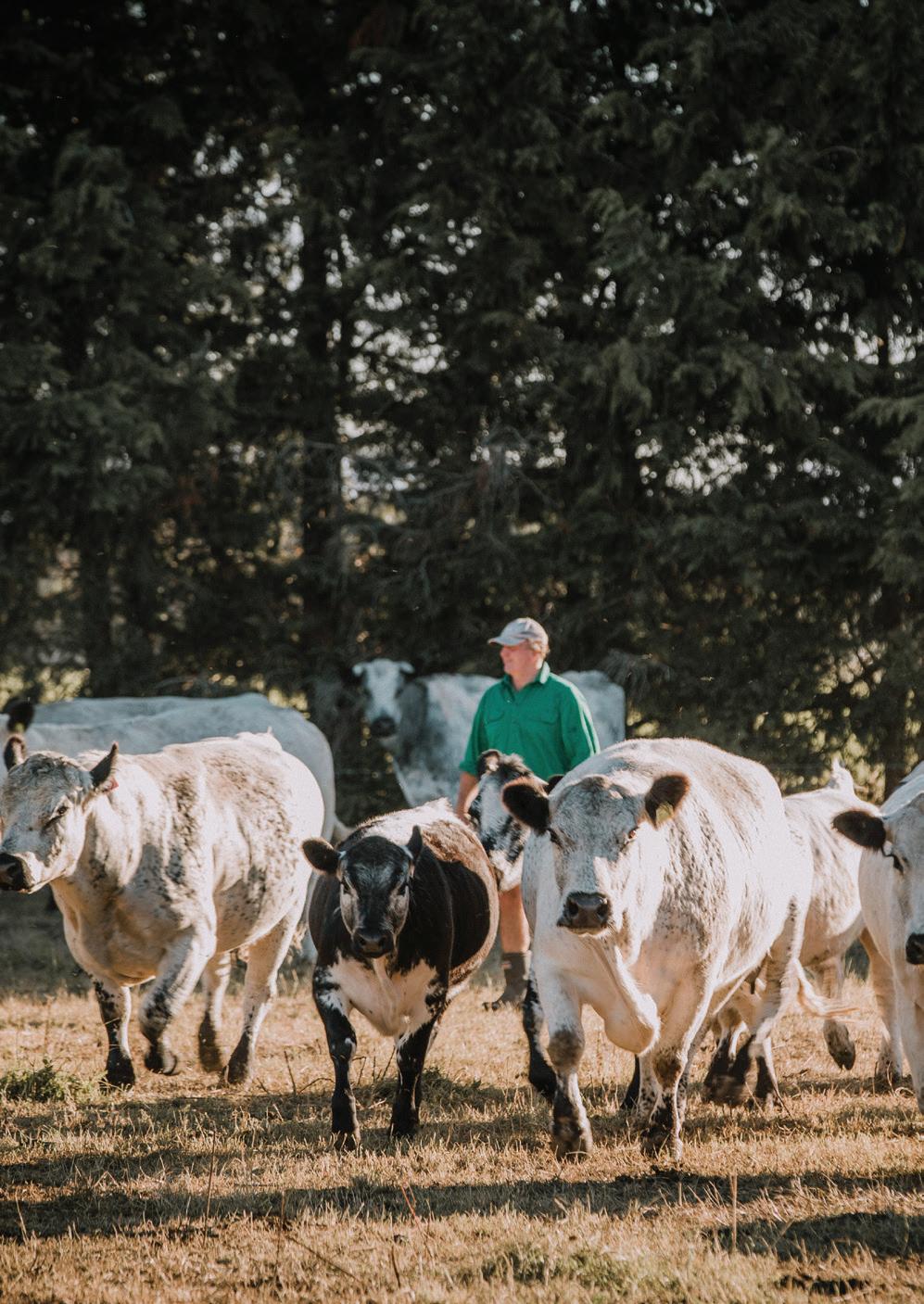INTEREST
Primary sector powers NZ through tough times Recent data from Rabobank provided a very upbeat overview of how well the primary sector has weathered the turmoil of the Covid-19 pandemic. WORDS BY RICHARD RENNIE
Amidst that turbulence, New Zealand growers and farmers are poised to enjoy the fifth consecutive year of profitability in 2021. Whether it is milk solids, Manuka honey, wine, kiwifruit, or red meat prospects appear sound as the world’s consumers align their diets with good quality, healthy food from a country increasingly seen as an oasis against the turmoil of their own countries’ problems. Despite a year Rabobank describes as “bristling with risk”, analysts have expressed optimism about how production, costs and market prices will all pan out in coming months. This success has been attributed to New Zealand’s ability to keep Covid largely out, and for agri-supply chains to pivot during the peak of infection, enabling them to stay open and continue to function at close to full capacity. Good trade, diplomatic and personal relationships have also played a big part in 40
RE AL FARM E R
keeping vital markets open, says Rabobank analyst Emma Higgins. But the year is most definitely not without its bumps, with concerns over Brexit trade negotiations, political upheaval in the United States, Covid mutations all playing into continuing global nervousness unseen in modern times. China’s claim to being the only country to experience positive economic growth in 2020 is being welcomed here in New Zealand by exporters, acutely conscious it now accounts for almost a third of our food export market. That country’s ability to largely control Covid, and New Zealand’s ability to artfully dodge contentious issues like Hong Kong governance, mean food exporters here have avoided the bans faced by many Australian primary producers. Food market guru and KPMG partner Ian Proudfoot says there is little for our primary sector from the past that can be applied to
predictions for coming months, such is the volatility of the world’s plight. He appreciates the upbeat message some have for the primary sector’s year ahead, but tempers this with informed caution about how great the risks are for the sector to continue to grow and thrive in such challenging global conditions. “The message we are getting back from suppliers and marketers is that maintaining existing customers overseas is proving possible, through the likes of Zoom and Teams. But getting new ones is a significant challenge for many.” That absence of face to face contact, and inability to bring potential customers and clients down to New Zealand for first hand experiential contact with the product and the people who make it is significant, he says. That also extends to New Zealand’s loss of overseas tourism. The four million people a year who were visiting this country were invaluable converts to New Zealand products when visiting, seeking out those same products on their plate or pantry when they return home. Proudfoot cites the wine industry as a classic example of a sector that draws strongly upon the tourist trade where people visit a winery, sample product and maybe even meet the winemaker themselves in the process. His own first-hand experience travelling through New Zealand this summer reinforced to him that the tourism food experience was something the wine sector is doing better than most. “Places like Craggy Range have this amazing facility developed for customers to have a great experience. But if you cannot bring new customers in to have that immersive experience, how then do you make them a new customer?” Even processors like Zespri and Silver Fern Farms have made tours by overseas media and customers a regular part of their branding and marketing campaigns. He welcomes work by the likes of New Zealand Trade and Enterprise providing promotional material companies can access “off the shelf” to use to market their business overseas. The “Made with Care” campaign has been designed to help businesses make an impression virtually when Covid has made first-hand contact impossible.



















